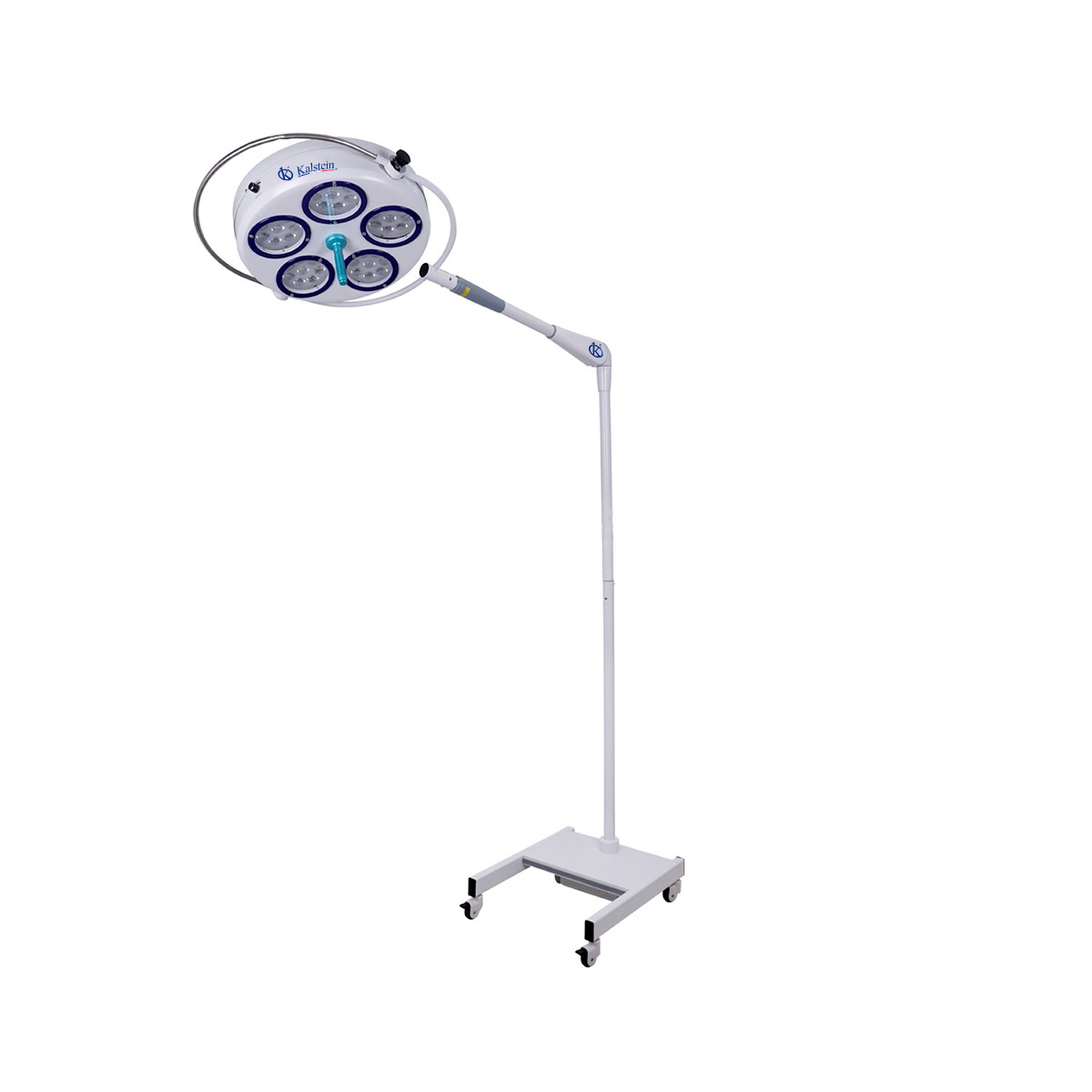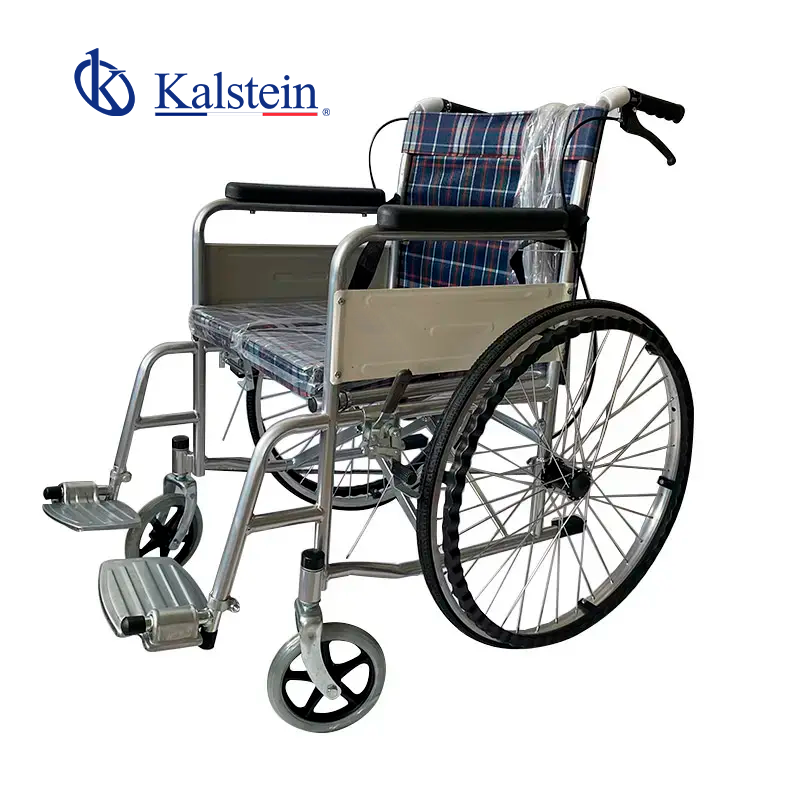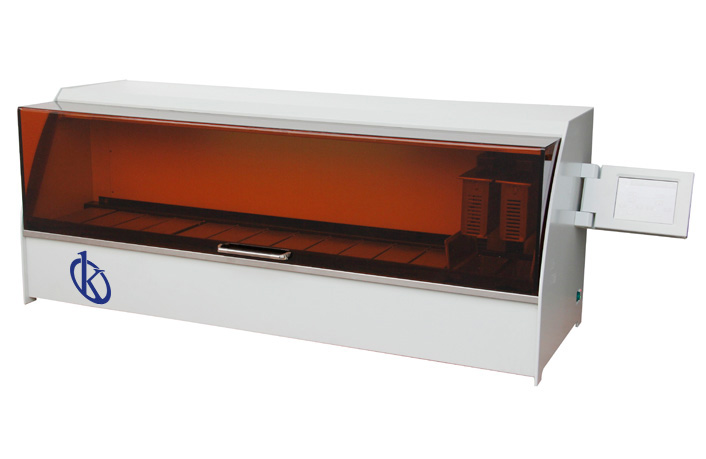Scales are laboratory equipment that require regular maintenance to maintain them in the best operating conditions. All this in order to ensure the preservation of its characteristics:
Accuracy, Accuracy and Sensitivity
To ensure the correct operation of a balance it is necessary to calibrate it during its first installation. And it should be the first of successive periodic calibrations as determined by the balance manufacturer. Calibration is one of the most important aspects to attend to when performing maintenance and is designed to ensure that the results that are produced when weighing are accurate and reliable Calibrations, both in mechanical and electronic scales, are carried out using standard weights. These weights have a known exact mass and should always match the measurement.
Calibration is a quantitative comparison used to verify the measurement result of a balance by taking a reference standard weight. To determine whether the balance is calibrated, the difference between the reading of the measuring equipment and the true value of the weight, which corresponds to the weight used as a reference, is checked. It is from error and tolerances that you define if the calibration passes or has failed.
Calibration of scales is widely recommended because it offers numerous benefits.
The main one is that reliable measurements can be obtained, accurate weighing processes that guarantee the reliability of the operations or final products for which the measurement is required.
Similarly, calibration can save waste costs, product recalls or processing because it helps to identify in a timely manner those equipment that no longer work correctly and facilitates decision making regarding the resolutions to be applied in such cases.
Another advantage of calibrating scales is the detection of aging equipment. The deterioration of equipment is completely normal and results from the continued use of the scales and their exposure to certain environments, which in sum damages their accuracy levels.
In this sense, calibration allows the identification of the equipment that has to be replaced by wear deterioration or mechanical stress. Calibration also improves weighing processes if the calibration results are properly interpreted according to the defined tolerances and helps to overcome the internal and external audits that take place regularly and that are essential for the smooth continuation of the operations of the environment in question.
What care should we take with these equipment?
- The balance should be protected from variations in temperature and humidity, exposure to sunlight, not placed near furnaces and baths of Mary, both when stored and in use, since hot or warm objects have a lower weight than when cold, due to currents that are established with the air around them.
- It should be placed on a table that is firm and protected from vibration (if possible a table just for it).
- Cylinders and the faithful should rest on their supports, as long as the balance is not being used.
- The hoods should always remain closed.
- While the balance is oscillating, the substance should not be placed on the saucers, nor removed. To place the weight, the faithful and the cymbals placed on the supports must be closed.
- If any reagent is spilled during weighing, wipe immediately with a clean, dry cloth.
- To maintain a moisture-free environment inside the hood, place two beakers (100 ml.) filled with silica gel or Sodium Carbonate in the corners of the hood.
- Weights greater than 1 g should be added when the arm is in a resting position.
- Observation should be made for a marked swing of the saucer after the arm is released, as this indicates misalignment
- The balance should be protected from air currents, as these cause instability.
At Kalstein we present sophisticated analytical scales, equipment with a high level of technology and precision that will allow you to obtain much more reliable results in your laboratory. That’s why we invite you to take a look HERE




